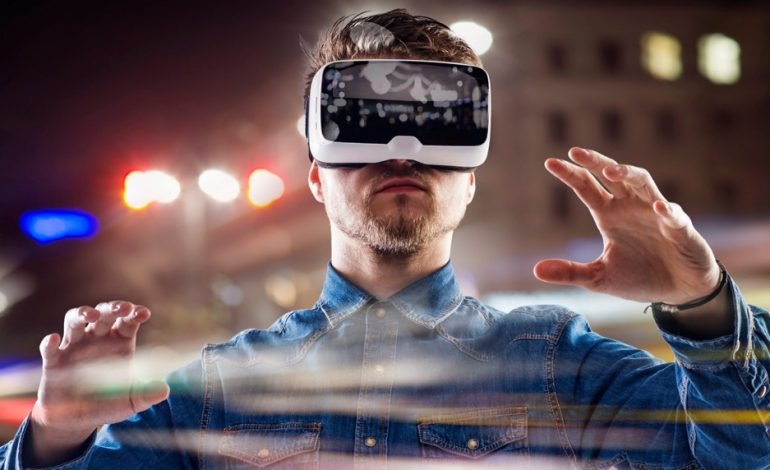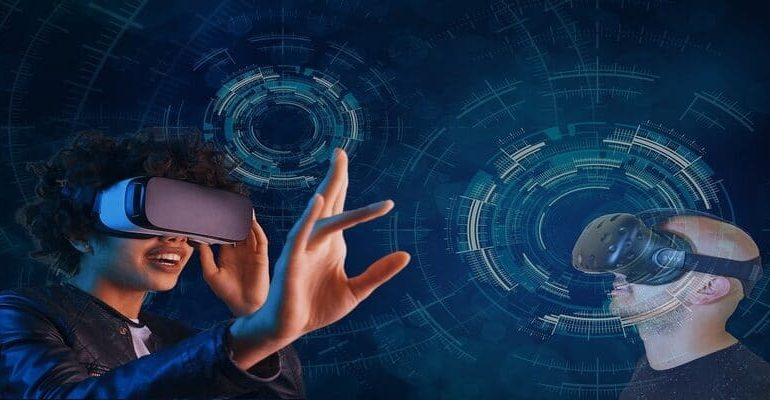Some Example Use Cases of Augmented Reality in the Car Retail Industry

When it comes to making purchase decisions, two things are important: facts and feelings. The role of every retailer, salesperson or brand is to supply a client with as much information as is needed to justify the purchase of a product, yet connect with their emotions and excite their best feelings towards that product. In this article, we will explore how automakers are using AR technology to enhance the shopping experience of their customers and prospects.
As our world continues to evolve, people’s need for speed is always on the increase. There is also an increasing pressure on retail brands to be able to provide potential clients with both information and connection in the fastest and most convenient ways possible. This has called for the application of different technologies in retail, like e-commerce. And now, we have the augmented reality technology.
Through its basic functionality (overlaying physical objects with digital information), Augmented reality (AR) is properly positioned to help car retailers meet the needs of potential customers by providing them with highly engaging and immersive experiences while shopping for a new car. It is able to supply the customer with detailed information about a vehicle as well as build excitement in them.
Augmented Reality in Car Retail
For educating customers

One area where augmented reality is being applied in different industries is in the area of providing necessary training, especially technical information. Instead of textual descriptions on paper or videos, with augmented reality, you can provide technical data and have them overlaid onto the vehicles. This provides a more interactive experience for the customer.
With AR, automotive brands and dealers can educate potential customers and increase brand engagement, both at events and anywhere else.
Product visualization and experience

AR takes product visualization to a whole new level, offering new ways for customers to try vehicles before buying them. For instance, a customer can see what a vehicle would look like in their garage, open it and see the features inside. With augmented reality, customers can get the experience from anywhere they are, without having to be at the showroom.
AR brings the showroom experience to potential customers wherever they are. With augmented reality, car dealerships can give virtual car tours to prospective buyers, and they can go as far as virtually sitting inside the car, which brings alive the feel and experience of the vehicle.
Product personalization

With augmented reality, potential customers can configure different car models to fit their individual needs and explore what they’ve built in their own driveway. They can build the kind of car they want and go to the physical venue to see it. Alternatively, they can also alter the color and finishes on a car based on their own preference in a showroom.
The beautiful thing about all this is that AR makes it easy to achieve. They don’t need any special equipment; with just their smartphone or iPad they can customize their choice car and experience what it feels like.
Speed up the sales process and increase conversion

By allowing customers to have just about any experience and information they need about a car before stepping into the showroom or going to any car dealership, it makes the sales process a lot easier and faster.
Another way AR can enhance this process is by allowing consumers to pull up information about a vehicle they see on the street by just scanning it with their mobile device. Such information as the features, price and the nearest car dealership where they can get the vehicle, can be made available to them instantly.
Some Examples Where AR Has Been Used In Car Retail
Hyundai
Hyundai has launched a unique augmented reality automotive sales tool developed for Australian car dealerships, that helps sales staff to demonstrate the features and performance of its new i30 hatchback.
Audi City
Audi created the first completely virtual showroom, Audi City. At Audi City, potential customers can explore their catalogue and customize their vehicle of choice using their smartphone. And after customizing, Audi allows them to virtually test drive the car they’ve built using a pair of goggles.

Jaguar AR Banner Ad
In 2017, Jaguar worked with Blippar and Mindshare to create an augmented reality-powered banner ad that when clicked on, allowed consumers to experience a 360º view of the interior of its Land Rover. Users were able to view the world around them from the inside of the car and get the feeling of actually being inside it. They were also able to get more information about the vehicle by tapping on certain hotspots.
Toyota Hybrid AR
Earlier this year, Toyota partnered with digital agency Brandwidth to create the Toyota Hybrid AR, an augmented reality application that worked on iPads. The application lets prospective buyers to view the inside of its C-HR model. The app is also able to overlay graphics of the Hybrid drivetrain on to physical vehicles, in order to help customers gain a better understanding of how the system works.
Similar to the Jaguar AR banner ad system, Toyota’s Hybrid AR app also includes ‘hotspots’ which, when clicked on, show in-depth information about certain key features of the system, such as the fuel tank, motor and battery.
BMW i Visualiser
BMW worked with Accenture to create the BMW i Visualiser, “an augmented reality solution helping BMW sell cars, enthuse new tech-savvy customer groups, and bring dealerships to customers digitally.”
The app, built using Apple’s ARKit, allows users to view a full-scale virtual version of cars, configure the car and take a tour of the car, from anywhere they are. The aim is to provide users with an immersive shopping experience through the app, and to achieve this, users are also able to turn on the lights and radio in the virtual car.
Technology is driving the automotive industry and the car manufacturing process. But beyond building exciting new car models, car retail is also a major area and automakers and car dealerships need to pay attention to the use of technology to enhance the sales process. By giving consumers an immersive and engaging experience, augmented reality is birthing a new era for the car retail industry.
References:
- https://www.audi-mediacenter.com/en/press-releases/audi-city-6195
- https://insights.samsung.com/2015/05/06/the-car-showroom-and-test-drive-get-a-virtual-reality-check-video/
- https://www.campaignlive.co.uk/article/new-banner-ad-jaguar-land-rover-lets-test-drive-car-phone/1435358
- https://www.essentialretail.com/news/toyota-augmented-reality-in-car/
- https://www.accenture.com/gb-en/success-bmw-digital-transformation-augmented-reality
- https://www.forbes.com/sites/bernardmarr/2019/08/09/the-amazing-ways-augmented-reality-is-transforming-car-retail/#e8250a662b23
- https://upcomingmedia.com/driving-automotive-sales-with-augmented-reality/
- https://cio.economictimes.indiatimes.com/news/strategy-and-management/how-augmented-reality-is-shaping-the-future-of-car-retail/70603090
- https://www.blippar.com/blog/2018/10/24/3-ways-augmented-reality-can-drive-value-for-auto-brands
- https://www.enginecreative.co.uk/blog/augmented-reality-and-the-future-of-automotive-retail/


